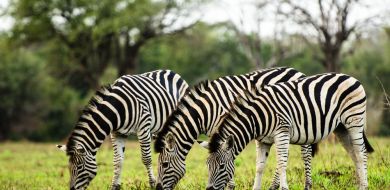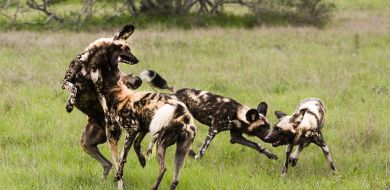Sabi Sabi Wild Facts: Tree Euphorbia
on Dec 14, 2014This cactus-like tree is often mistaken for a cactus but is in actual fact a tree. It has large succulent leaves which are filled with a milky latex. The latex is highly toxic and forms part of the trees' defence to discourage browsing animals from eating the leaves. The latex is so strong that it has the potential to blister skin on contact, to cause painful swelling of soft tissue and can lead to blindness if it comes in contact with the eyes.
Bees, butterflies and other insects pollinate the flowers of this beautiful tree and many birds enjoy the fruits. When fruiting, the seeds pop open, sounding like popcorn popping. This bursting allows the seeds to be distributed a distance from the mother plant.

There are many uses for the Tree Euphorbia, but perhaps the most interesting would be the fact that it is used for fishing. The latex of the Euphorbia contains a poison called rotonin, which inhibits fish from absorbing oxygen thereby killing them. As long as the head and gills of the fish are removed prior to eating it, there is no danger of being poisoned as the fish does not retain any of the Euphorbias' toxicity.

As was mentioned in the first paragraph, the poisonous latex is one of the tree's defences against being eaten by herbivores. The other deterrent to potential feeders is its sharp thorns. Neither of these however discourage the Black rhino who eat these highly toxic trees on a daily basis without any ill effect. Below is a video of two Black rhino eating a Euphorbia.
After seeing this particular tree lying on its side I suspect that they might have pushed it over to get to the leaves which would normally be out of reach. If this is the case, it would mean that elephants are not the only creatures in the bushveld that push over trees in order to feed.






